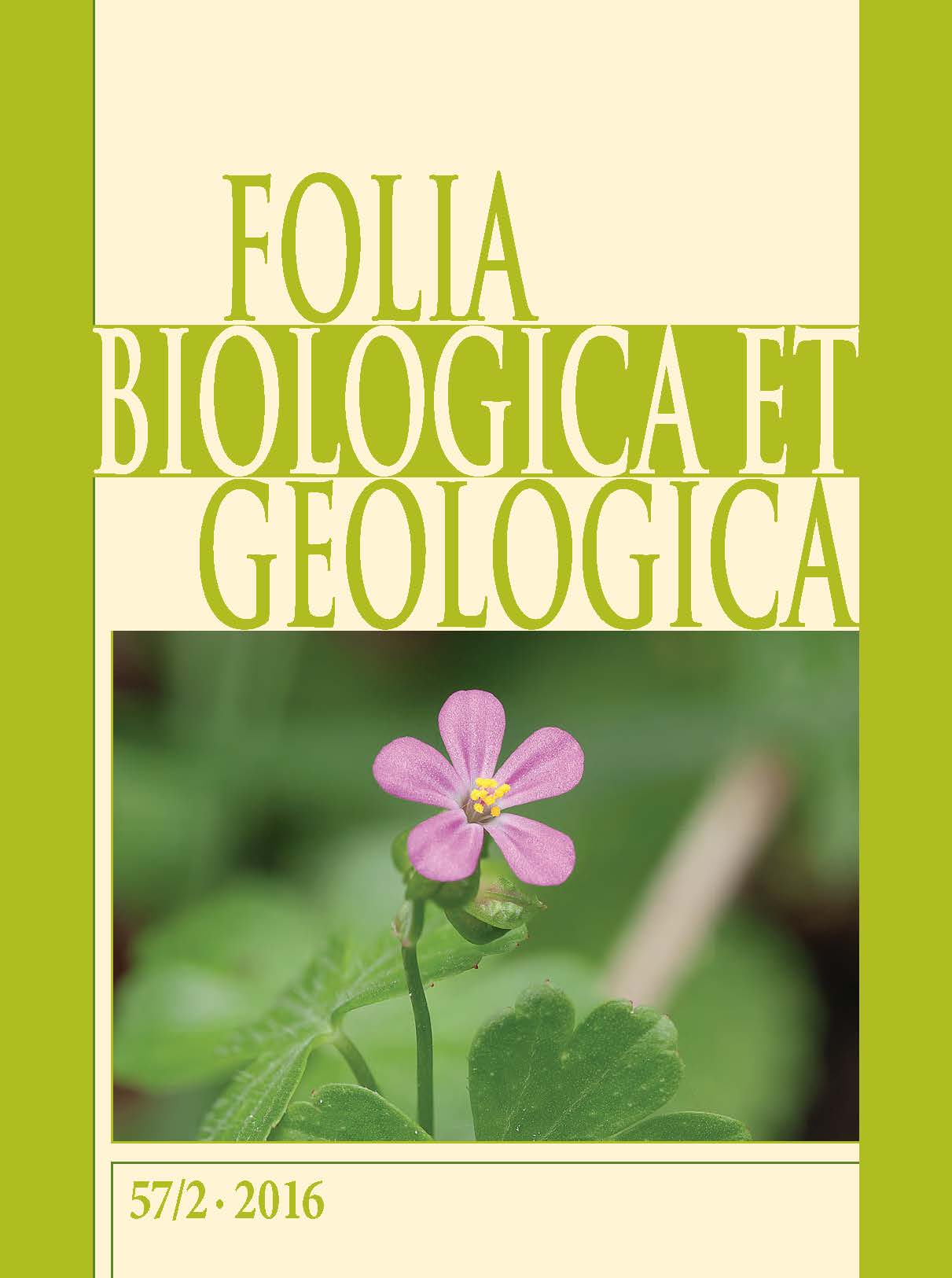Selen v rastlinah in v okolju v Sloveniji / Selenium compounds in plants and in biosphere in Slovenia
DOI:
https://doi.org/10.3986/fbg0012Abstract
V Sloveniji so tla s selenom revna in je možnost pomanjkanja selena v prehrani nekaterih skupin prebivalstva (starejši, vegetarijanci) visoka. Gojenje rastlin, obogatenih s selenom, je učinkovit način dodajanja selena v vsakdanjo prehrano tistih, ki tega esencialnega elementa ne prejmejo v zadostnih količinah. S prehranskega vidika so s selenom obogatena živila, predvsem rastlinskega izvora, potencialni vir selena, ki se vnaša v organizme živali in ljudi preko prehranske verige in se s kompleksnimi pretvorbami na molekulskem nivoju pretvarja iz anorganskih v bolj razpoložljive organske oblike. V prispevku so zbrani rezultati raziskovanja vsebnosti selena v posameznih rastlinskih vrstah ter različnih načinov sistematičnega dodajanja selena za dosego višje koncentracije le-tega v pridelku. V delu je poudarek namenjen pregledu objavljenih del domačih strokovnjakov, ki so v Sloveniji raziskovali vsebnost selena in sposobnost njegove akumulacije v rastlinah, pri čemer so fiziološke lastnosti in pridelek rastlin dodatno narekovali spremenljivi okoljski dejavniki.
Ključne besede: Slovenija, selen, rastlinski viri, prehranski vnos, dodatek selena, okolje
Selenium occurs ubiquitously in the environment and actively circulates in the biosphere. In Slovenian soil, low concentrations of selenium were detected, and the possibility of selenium deficiency in the diet of certain groups of the population (elder people, vegetarians) is high. From a nutri- tional point of view, the selenium-enriched foods, including foods of plant origin, is a potential source of selenium for humans. Selenium is introduced into the organism of animals and humans via the food chain, and the complex transformations at the molecular level translates selenium into more available organic forms. An effective way of adding selenium to the daily diet for those who do not receive this essential element in sufficient quantities is through cultivated plants enriched with selenium. The article summarizes the results of a systematic survey of selenium content in various plant species, including different ways of adding selenium to achieve a higher concentration of the same in the crops. In part, published works of Slovenian scientists who have studied the selenium content in Slovenian plant samples are reviewed. The impact of various environmental pa- rameters, including selenium fertilization on bioaccumula- tion of the same in plants, on their physiological characteristics and yield is also discussed.
Keywords: Slovenia, selenium, plant sources, dietary intake, selenium supplementation, environment




